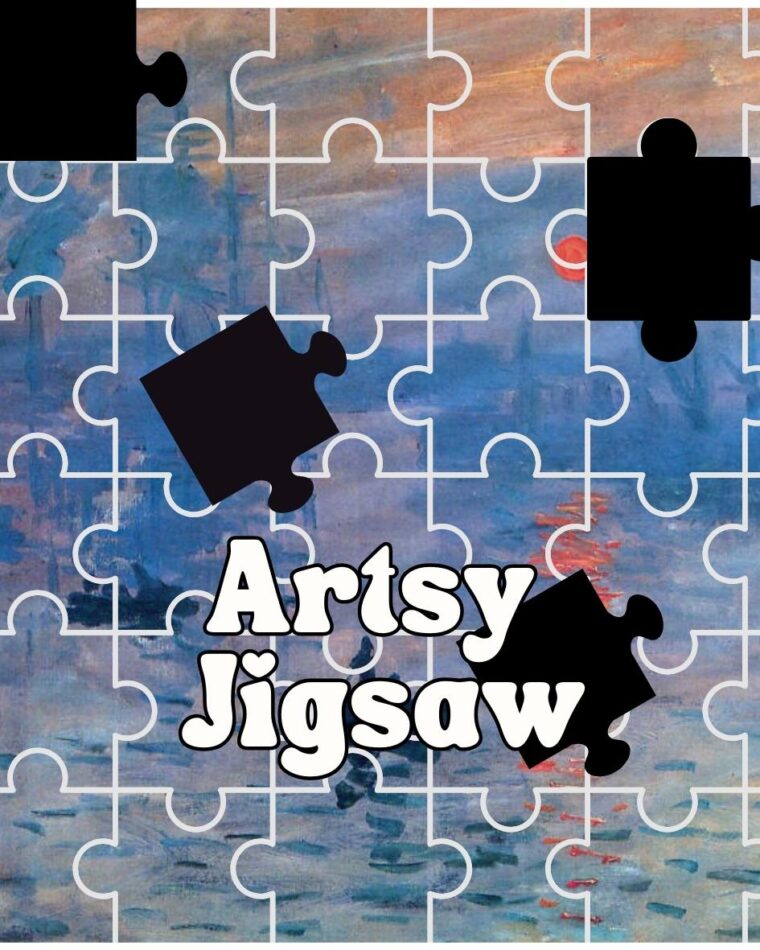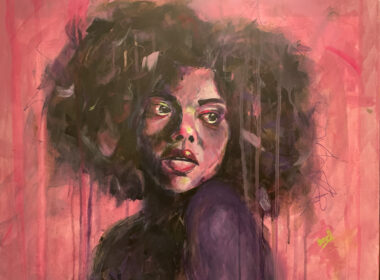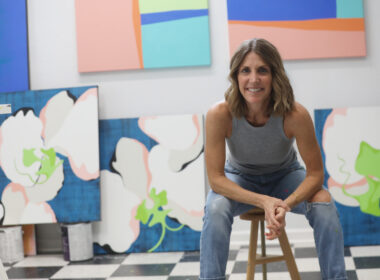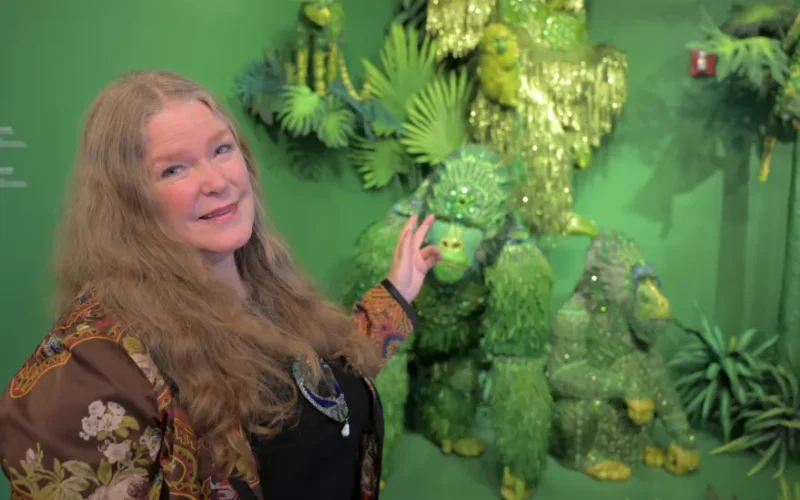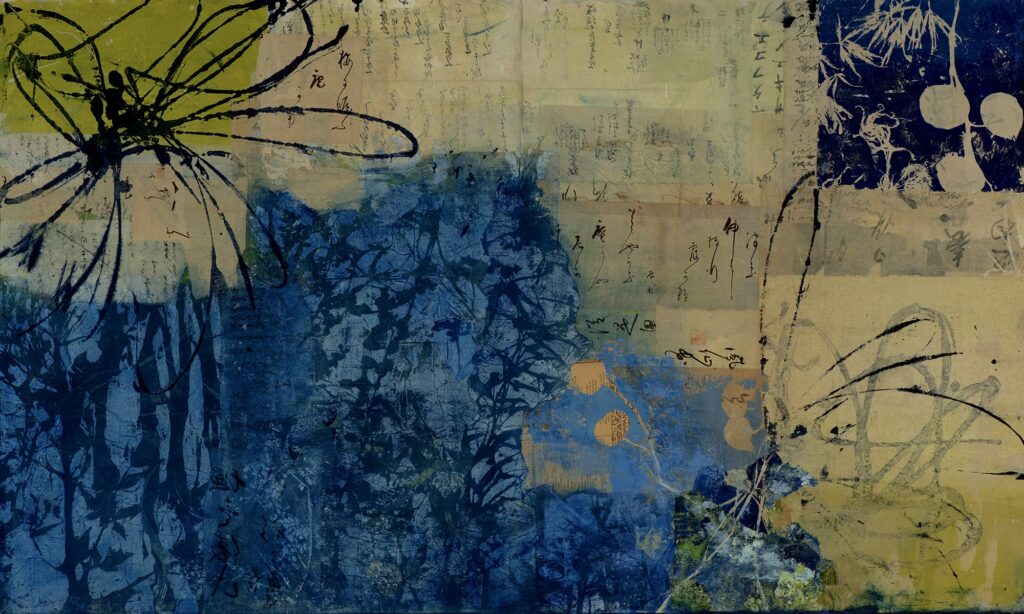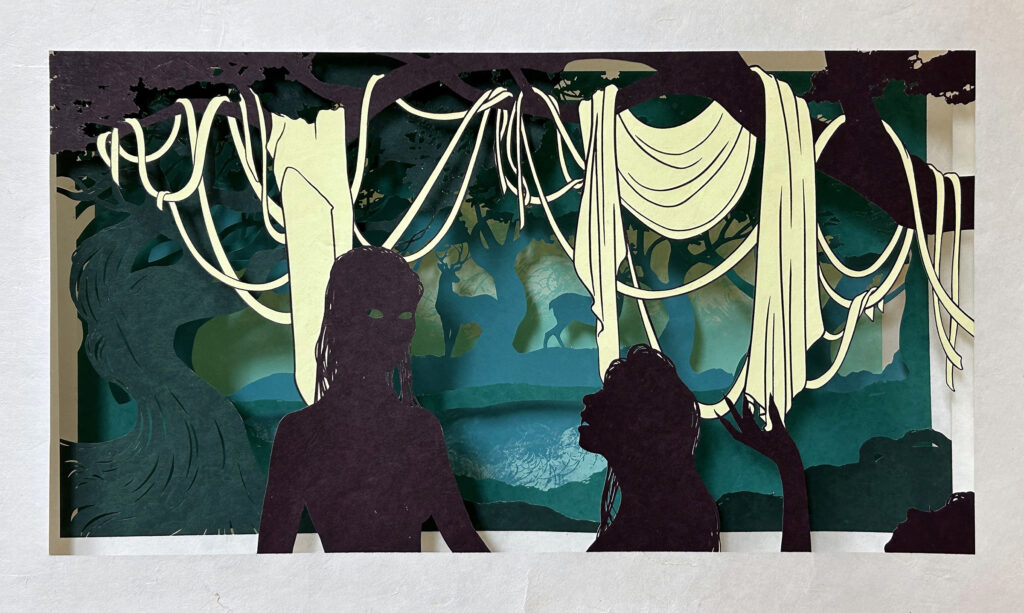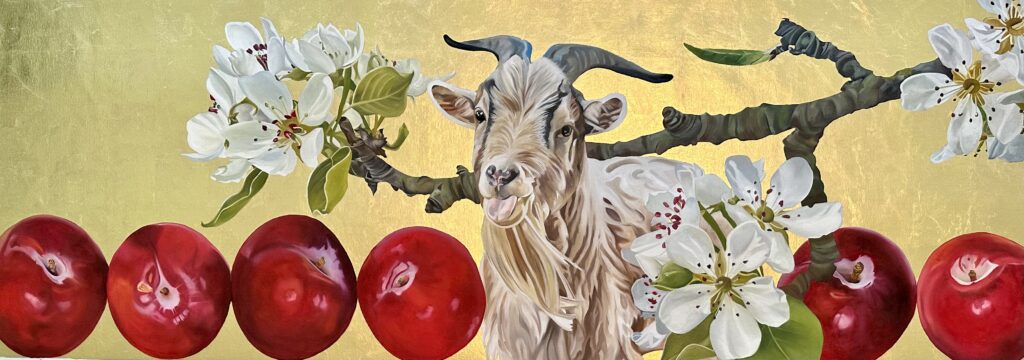
Amanda Inglis on Painting True Beauty That Never Fades


Amanda Inglis is a talented artist known for her beautiful botanical oil paintings. Growing up on a farm near Lake Erie, Amanda developed a deep connection with nature that shines through in her work. In this interview, Amanda shares how her background in theatre studies, the loss of her father, and her love for gardening have all influenced her exceptional art style. Through Amanda’s story, we learn about the healing power of nature, the beauty in resilience, and the importance of finding solace in the small wonders of life.

Amanda Inglis was raised on a farm just off the shore of Lake Erie, south of London, Ontario. At a young age, she became known within her small community for her insatiable curiosity for the creative arts. Her interdisciplinary mindset earned her a Bachelor of Fine Arts in Theatre Studies from York University. Following the loss of her father in 2008, Amanda returned to her rural roots and discovered solace in the study of botany, with a newfound appreciation for the delicate life cycle of flowers. She works with oil on canvas to depict her homegrown floral subjects in anatomical detail. Her artwork serves as a symbol of the beauty found within the symbiotic relationship between resilience and vulnerability. Her debut collection earned her accolades as an award-winning artist at the Royal Botanical Gardens in Burlington, Ontario for her piece “Timeless Trinity”. Amanda humbly describes her knowledge of working with oils akin to the progression of a real garden’s maturation: two decades of growing at a quiet pace.
Residing in rural Ontario, Amanda Inglis specializes in creating oil paintings that feature botanical subjects over ambient backgrounds in a soft realism style. Her work draws inspiration from the enchanting language of flowers and the profound ways nature reflects our universal desire for love and connection. In a time when technology is disrupting the value of an artist’s fingerprint, she strives to depict the coexistence of resilience and fragility in her floral paintings. Amanda invites viewers to celebrate the beauty of their unique existence, and the harmony that can blossom when we embrace the tapestry of our life’s challenges and triumphs.
1. Amanda, what are some of your fondest memories from growing up on the farm near Lake Erie? And how do those memories find their way into your paintings?
Growing up on the farm near Lake Erie, some of my fondest memories are of playing outdoors from sunrise to sundown. We were very isolated from society, and I found solace in befriending anything I felt a connection to from barn cats to trees. Free from the disruptions of technology allowed me to deeply explore and memorize the smallest details of nature, understanding how everything worked together to create the world around us. I felt an innate connection with nature and never saw myself as separate from it. Now, this connection is crucial in my botanical paintings, where I strive to capture those intricate details and the harmonious whole of the natural world.
Free from the disruptions of technology allowed me to deeply explore and memorize the smallest details of nature, understanding how everything worked together to create the world around us
Amanda Inglis
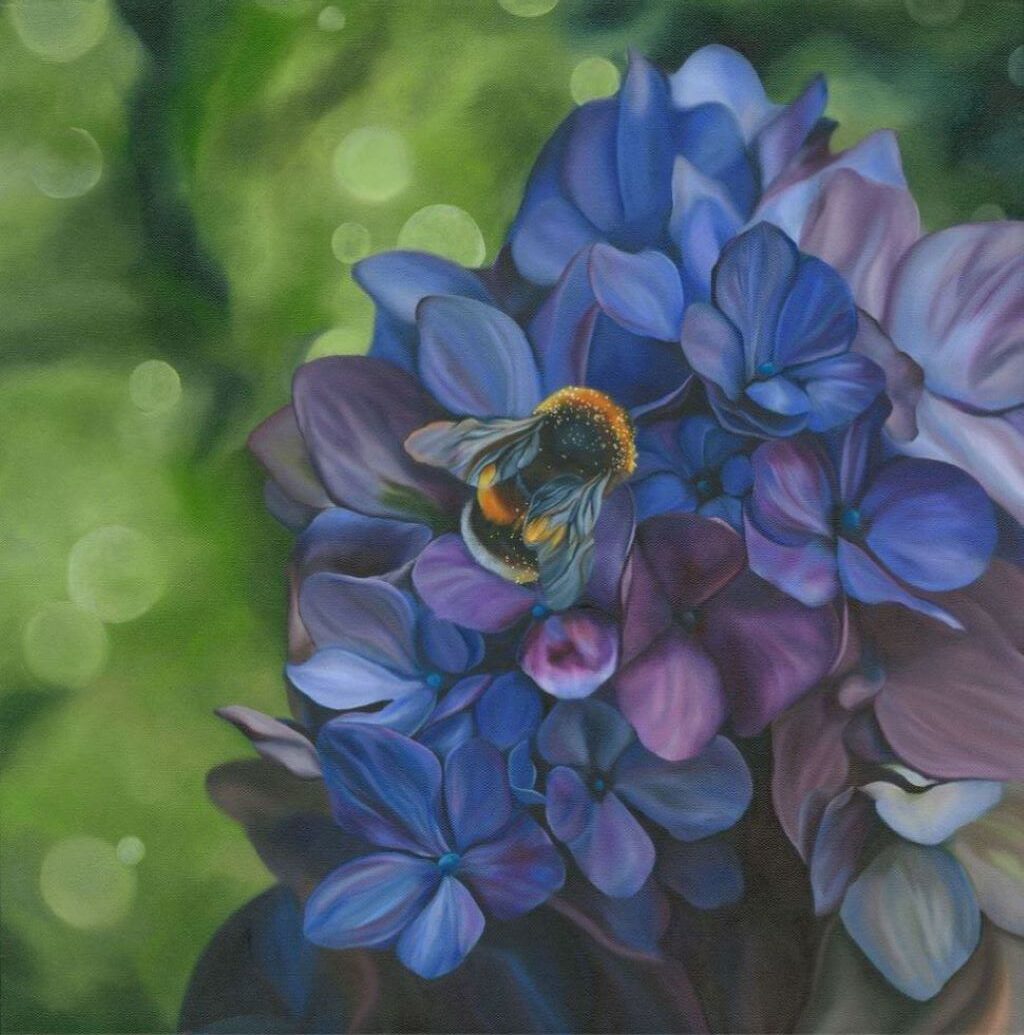
2. How did your background in theatre studies influence your unique style of painting flowers? Do you see a connection between the two arts?
Theatre, is inherently multidisciplinary, requiring a fusion of skills from various art forms. For instance, I learned stage lighting from a technician who took us to a ballet dress rehearsal. The ballerinas’ tutus, made from a transparent material, mimic the delicate petals I paint. Mastering the creation of highlights and shadows to showcase the dancers’ figures taught me the same principles I apply when crafting petals on canvas. This cross-disciplinary approach has enriched my artistic perspective, proving that fine art thrives on a blend of diverse skills and insights.
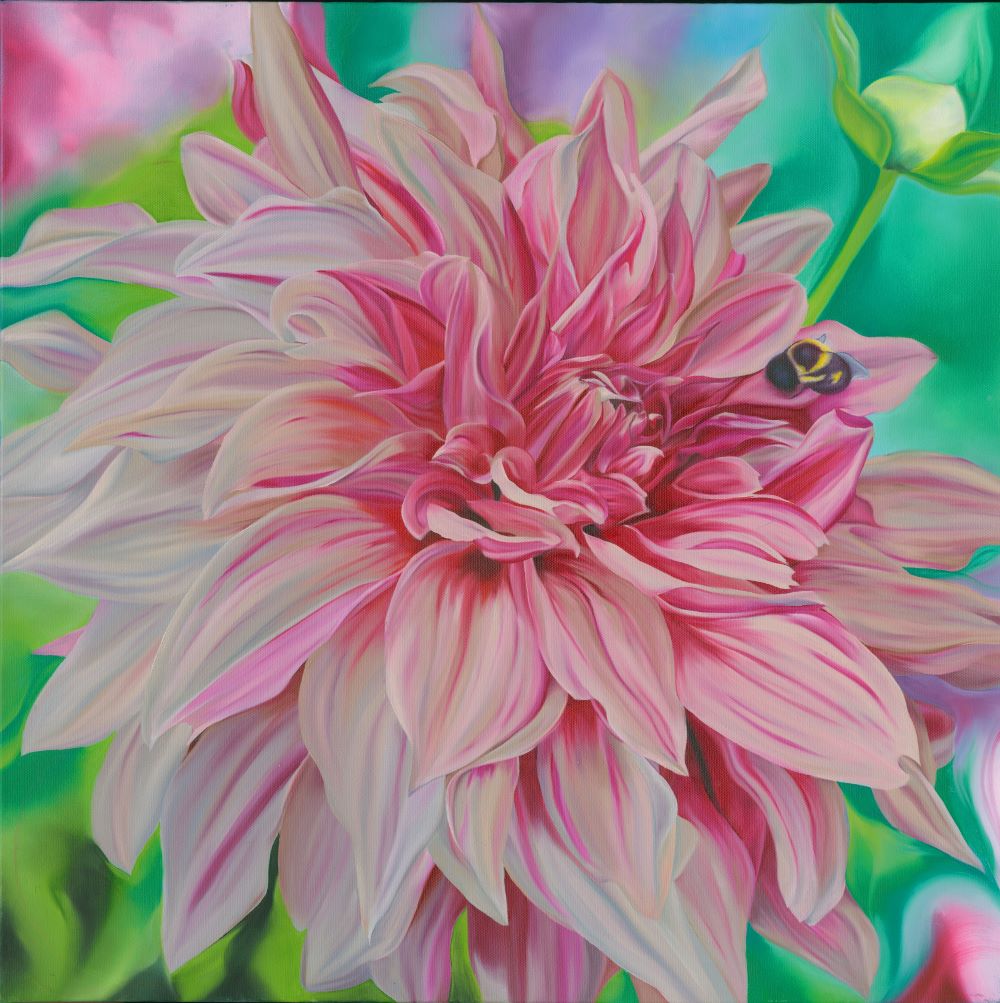
3. Losing your dad in 2008 led you to find comfort in studying plants. How did this personal experience change your creative process and the way you connect with the flowers you paint?
Losing my dad in 2008 deeply impacted my perspective on life, revealing its delicate nature. For me, as a daughter, my father was a pillar of strength, and his loss redefined my understanding of true resilience. This profound lesson was mirrored in my experience with gardening. Watching tiny seeds grow, weathering storms, insects, and other challenges, yet continually reaching for the sun and blooming, taught me about perseverance. Despite my love and efforts, the short Canadian growing season meant these flowers had fleeting lifecycles. This inspired me to capture their beauty on canvas, defying their ephemeral nature and affirming that true beauty never fades.
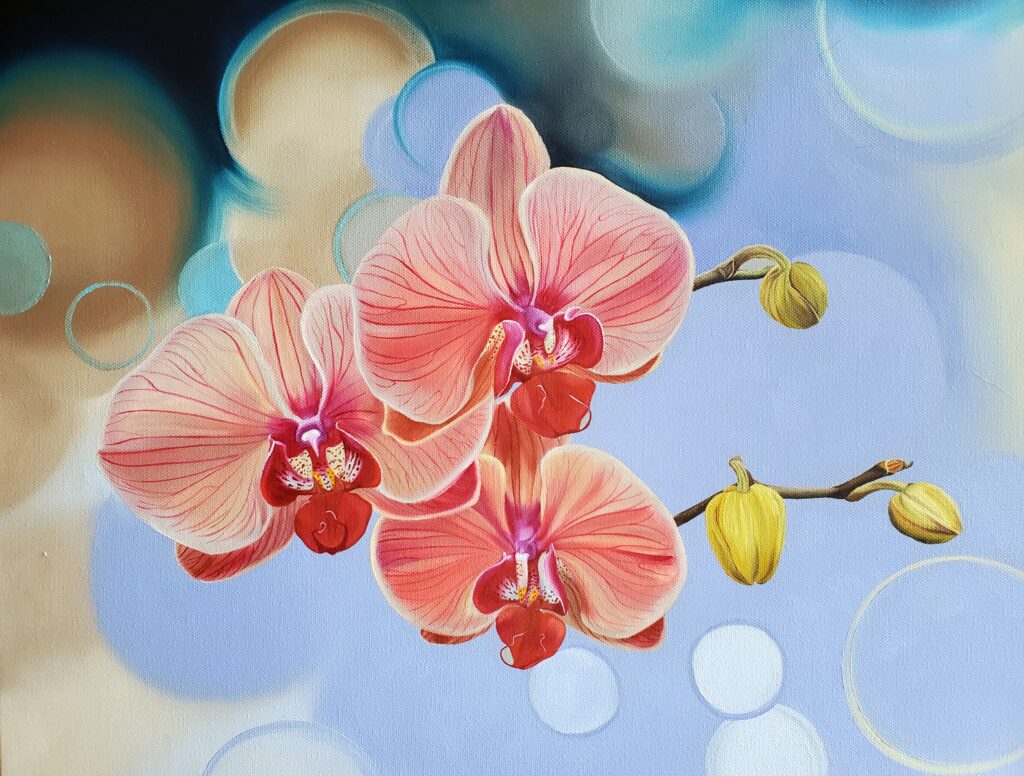
4. “Timeless Trinity” was a big success at the Royal Botanical Gardens. Can you tell us the story behind this piece and what it means to you?
“Timeless Trinity” emerged during a moment of intense imposter syndrome when I doubted my work’s worthiness for such a prestigious venue as the Royal Botanical Gardens, a place symbolic of healing and celebration with nature. In a last-minute decision, I developed a composition featuring three arching orchids, representing the new trinity in my life—my husband, our daughter, and myself. The concept of three resonated deeply with me, and I was driven to express this connection through my art. Fueled by inspiration, I completed the painting in just thirty hours, and its success holds profound personal significance.

In a society focused on goals, we often miss the opportunity for organic growth.
Amanda Inglis
5. You’ve said that learning to paint with oils has been like growing a garden over twenty years. What key things have you learned through this slow, steady process?
Learning to paint with oils over the past twenty years has been much like nurturing a garden. In a society focused on goals, we often miss the opportunity for organic growth. Initially, I thought I’d work in theatre, not even considering a career in painting. However, my child-like curiosity and short-term goals kept me focused. I never set a rigid definition of success like being a renowned floral oil painter. Instead, I embraced a more flexible approach, much like planting a garden. You wouldn’t set out to plant a garden and say “I want this many roses, in this color, on this bush in five years”. What if a disease comes about and kills that rose bush you have your heart and soul set on? The better way is to plant a few of your favorite flowers, ones that make you feel excited to discover their colors and fragrances and watch them grow. Then, once you know how to care for and nurture them, you add a few more. This process of gradual learning and adding new elements has allowed my art to flourish naturally. Over time, I’ve built a rich garden of skills and experiences, and I encourage others to see where they can let go and allow organic growth in their journeys.
6. You mentioned that your community of garden lovers has had a significant impact on you. Can you share a story about how the community of garden lovers has impacted your art?
The sweetest and most motivating aspect of being part of the garden-loving community is receiving messages filled with images from friends and followers showing me what they have grown and sharing the personal meanings behind their chosen flowers. For example, someone might say, “Bleeding hearts remind me of my mother,” or they might see my painting and say “We used to grow those dahlias at our first home.” These stories highlight how flowers are deeply nostalgic and attached to memories from significant times in our lives. Hearing these unique and heartfelt meanings inspires me to bring these flowers to life in my art, as each flower speaks a different, personal language to everyone.

Amanda Inglis’s paintings remind us of nature’s strength and the connections in life. Her detailed botanical art shows the beauty in both the fragile and strong parts of nature. Amanda’s journey from theatre to painting and finding comfort in nature inspires us to notice the everyday wonders around us. Her work celebrates the life cycles of flowers and personal stories of growth and change. To learn more about Amanda, click the following links to visit her profile.





